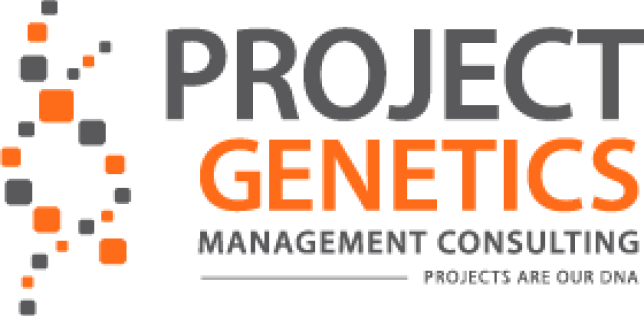Project management is changing. With so many communications tools at our fingertips, it is more important than ever to bring stakeholders in early on projects and keep their perspectives in mind throughout lengthy projects. That is why stakeholder-led management strategies are growing in popularity today.
What Is Stakeholder-Led Project Management?
Simply put, this style of management means putting the stakeholders’ needs first. While other forms of management may ask stakeholders what they would like to see happen, oftentimes the implementation team is left to their own devices to try and solve problems without direct and continuous input from the people who will be most impacted.
In a stakeholder-led system, stakeholders have the chance to provide feedback at every stage of the process and engage in problem-solving alongside the implementation team to ensure that proposed solutions actually work.
Why Let Stakeholders Lead?
For one, it’s more efficient. Instead of guessing at the root of problems your team is facing and trying to solve them independently, you have a direct line of contact with the people on the ground. Their feedback at every stage of the project ensures that you can pivot quickly when something isn’t working instead of waiting until after the solution has failed.
In addition, by bringing stakeholders into the process early, you are more likely to get positive engagement and feedback. Too many companies go ahead with projects without consulting stakeholders, only to have those stakeholders resist the new system at implementation time. This causes headaches and confusion for everyone involved.
How Does It Work?
Like any project, stakeholder-led projects can be broken down into multiple stages. From the conception of the project all the way through the follow-up, you should be listening and adjusting your plan to meet the needs of the people who are most affected.
Identification and Analysis
Stakeholders provide a direct line of contact with the problem area. Asking pertinent questions can lead you to quickly identify the main pain points in the existing system and give you some starting ideas for how the problem could be solved. This is the shortcut to analysis you’ve been needing to save time and money.
Planning and Proposals
At this stage of the project, you have a chance to use stakeholders as a sounding board. Present your ideas to them and determine whether or not the solution fits their needs. They will be able to tell you immediately if the solution will increase or decrease the resistance in their jobs.
Implementation
Now is the time to listen to feedback and stay on top of problems as they arise. Other projects fail when they fail to take feedback into consideration at this stage.
No matter how big your project is, stakeholder involvement should be a priority. You can save time and money by going straight to the root of your project’s goals and engaging with the people who really have a vested interest in seeing the project succeed. Before you plan your next project, contact Project Genetics to learn how we can help you find the solutions you need.



